Since she moved to Mumbai in 2007, Cecilia Morelli Parikh has been applying her discerning instincts to India’s growing luxury retail industry. Her last few years have been focused on building Le Mill, a concept store in Colaba which is the only place you’ll find Balenciaga, Dries Van Noten and Alaia in India. Along with her co-founder Julie Leymarie, this experience has given her grounding to expand her horizons and add new verticals to the business.
The beginning > Until just a decade ago I thought I knew exactly the career I wanted to pursue and it was not in fashion, but as a film producer. I spent most of my life up until then making sure through internships, study programmes and even time off, that I worked in film. My first job was working as filmmaker Noah Baumbach’s assistant on the 2005 release ‘The Squid and the Whale’, followed by a job at Focus Features, the art house film division of NBCUniversal, where I worked with producer Amy Kaufman for three years. I had what most people would describe as “my dream job” but I was not happy.
Fashion had always been a part of my life but I had always seen it as more of a hobby than a career. I was passionate about the clothes I would collect and what my peers would wear. I even had a column in my university paper on the topic. But I thought the industry was frivolous and the work superficial. It wasn’t until a few years later, when my dad started to oversee some fashion companies, that I was able to view the industry as a business.
The business of fashion – that’s what got me excited. I was immediately interested in how this multiple billion dollar industry intersects with culture, identity and product. And unlike film, there were hard facts you could sink your teeth into.
Above: image | The Le Mill store in Colaba, Mumbai
Deciding to work in in this field was the easy bit; things only got harder from there. I had to understand what within this vast industry I wanted to do and Vogue India became a good place to figure this out – I was born in Chicago but lived in Paris, London and New York before moving to Mumbai in 2007. I became Vogue’s first bookings editor and part of the launch team in 2007. I spent an exciting year there, working mostly with photographers and Anaita Shroff Adajania to create images and covers for the magazine, but I soon realized that editorial was not my home. I was quite clear at this point that I wanted to work as a buyer. I did not have much background or experience in this field so I spent some time at luxury goods store Bergdorf Goodman in New York working with my mentor Jennifer Sunwoo. She helped me learn that merchandising was the place I could express both my love for product and my interest in sales and growth. I’ve carried that lesson, and many more, with me to India and applied them to our business that we founded here in 2011.
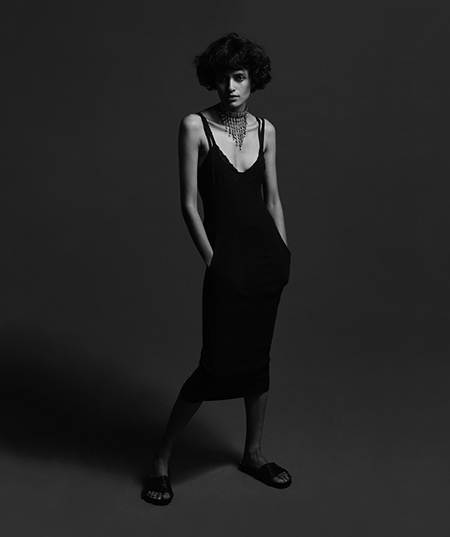
Above: Le Mill S/S 2015 featuring Lakshmi Menon image | Rid Burman
Le Mill, and dressing Indian women > Once our luxury concept store Le Mill had been established, our merchandising put in place and our team made strong, Le Mill started thinking about addressing lessons learnt to other companies. In 2015 we started Le Mill consultancy, a marketing solutions firm that focuses on the fashion, luxury and celebrity space in India. We have spent a lot of last year working with a digital fine jewellery brand called Melorra, launching their app and website. We are now starting to work with celebrities on helping them create original content for their digital platforms and refine their online brand and messaging. It’s great to be able to branch out and bring our learnings to these different brands but our favourite time is still spent buying for Le Mill in Europe. Not for the glam – there is no glam in merchandising – but for the product.
The very few times when my business partner Julie Leymarie and I have compromised our own taste and bought something because we thought the buyer might want it, the piece did not sell.And all the times I have bought something because I wanted to buy it for myself, that piece sold first.
It’s moments like those that instil confidence in what we are doing and keep us going. The key has been to understand that women in India spend more on dressing up than on dressing down. There is no question about this: it’s hot during the day, we are mostly at the office or at home where no one who sees us needs to see us well dressed. I never wore jeans until I moved to India.
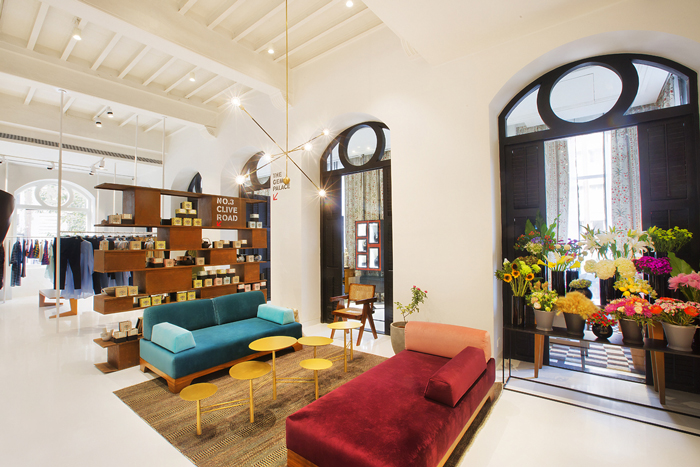 Above: image | The Le Mill store in Colaba, Mumbai
Above: image | The Le Mill store in Colaba, Mumbai
It’s important to provide options for not just occasions, but also separates that they can reuse in front of the same set of friends but at different events. Dries Van Noten works well for us because each piece is unique and also pairs back easily with older collections. Since our Indian customer has more occasions than her Western counterpart, we are always looking for great singular party pieces such as dresses by McQueen and Peter Pilotto. For smart daywear, our customers have responded well to Stella McCartney.
Too often, I see women wearing pieces we have in store, but that they bought abroad or worse, they bought online and had to pay all that extra import duty. It’s a regular challenge for us to convince our customers that we sell garments as good as those which they buy abroad. Our prices are only ever 10% above Europe but 20% below Dubai and Hong Kong.
Above: Le Mill F/W 2014 featuring Keisha Lall image | Rid Burman
Achieving parity > I think the first step would be for all the fashion weeks in India to align and decide on seasonality.
Lakme Fashion Week, especially, is still undecided on which season it is designing for and it makes timelines and deliveries completely unmanageable if you are creating a budget for your store. To plan purchases and project sales, you need to know what you are going to be buying and when it will be received. This is half the reason we have seasons. I know our weather is different but delivery months are the same and remain important.
Otherwise, I think some of what the designers are making is really fantastic. I love the brands that we carry at the store and have personally bought every designer we have in the store for myself. What I wish, for them, is that the customer would stop wanting Indian designers to be so cheap because it’s not practical. When I sit with designers, I am shocked at how poor their margins are. It’s almost impossible for these designers to grow, invest in research, fabrics and staff. We compare them to designers abroad, but we don’t want to give them the means to achieve this parity. There is a lot of raw talent in India and it’s time for us all to support this more.
Above: A still from ‘A Bigger Splash’, Cecilia with her daughter on holiday, with a Bharti Kher, on her wedding day
Social networks > The fashion industry has been slow in embracing technology. Fashion weeks have also become about so much more than the collections thanks to social media and I am slightly saddened by the implications for consumers. I’m not sure if being able to buy immediately what we see on the runways is good for the soul. I like the idea that we can digest trends, be made to wait. I definitely think that the world is flooded with product; too many clothes, too many designers and too much leftover merchandise.
We need solutions that will help make our consumption more efficient and our clothes more intelligent without losing creativity.
It’s been really exciting for a growing company like us to be doing what we do in India. The rest of the world is stagnant while India is growing at more than 8%. The beauty here, right now, is that there is room to grow through physical stores as well as to create an online business.
We have been empowered by social media because it has really helped us develop a voice and communicate directly with our customers.Today, we spend almost as much time curating the inside of our store as we do our Instagram page.
We have also learnt that in India, it is important if we are going to compete with department stores outside of India and online, to offer an unparalleled level of service. So, we put a lot of focus on personal shopping – from sending clothes to our clients’ homes to special orders and even communicating with top clients during fashion weeks from different showrooms. We have also started working with to-be-brides to order special gowns and one-off pieces for them to wear during their special week.
Above: Le Mill F/W 2016 featuring Bhumika Arora image | Yelena Yemchuk
References > I’m quite traditional and there is nothing I love more than Vogue – British first and then American Vogue. I think they are still the kings of imagery and the reads in British Vogue are really satisfying. There is almost no other place for intelligent fashion journalism. I also read the Business of Fashion everyday and for inspiration, I like Artsy because it feeds my interest in contemporary art, MondoBlog for design, and I love particular Instagram accounts. A film that completely inspired by summer wardrobe was ‘A Bigger Splash’ with Tilda Swindon.
Above: Cecilia’s home in Mumbai image | Gaelle Le Boulicaut
I’m very inspired by contemporary art and am currently intrigued by artists using embroidery in their work. I have a work by the Indian artist Avinash Veeraraghavan that I am obsessed with. I also am always inspired by Bharti Kher, as a person and an artist. Her sculptures made of old radiators are some of my favourite art pieces. I love to attend Frieze in London, where I will head next month after the fashion weeks and I love to be inspired by interiors. I’m into Italian architect Scarpa’s work right now. I’m going to hunt down some of his work in Milan when I am there next.
I’m always excited to talk fashion with our friend and collaborator Nikhil Mansata. Like us, he has one foot in Europe and another here. We always collaborate with him for our Fashion Series which we put out twice a year. This year we shot in New York with renowned photographer Yelena Yemchuk. For me, art and interiors are as inspiring and energising as the people I meet and what they do.
Work History >
Le Mill, Co-founder, Mumbai, 2010 – current
Bergdorf Goodman, Associate Buyer, New York, 2008 – 2010
Vogue India, Bookings Editor, Mumbai, 2007 – 2008
Focus Features, Creative Executive, New York, 2004 – 2007
Note: Le Mill is / was a client of the Border&Fall Agency.

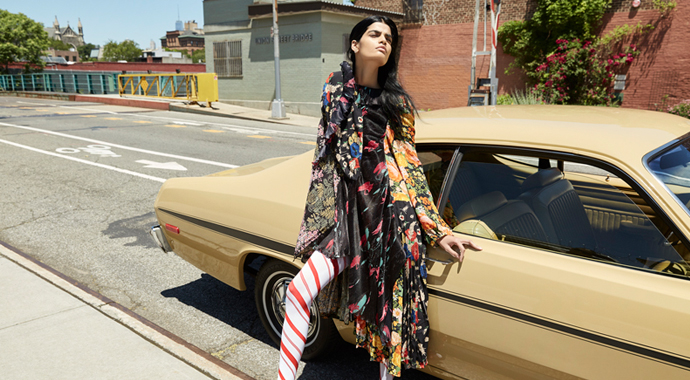
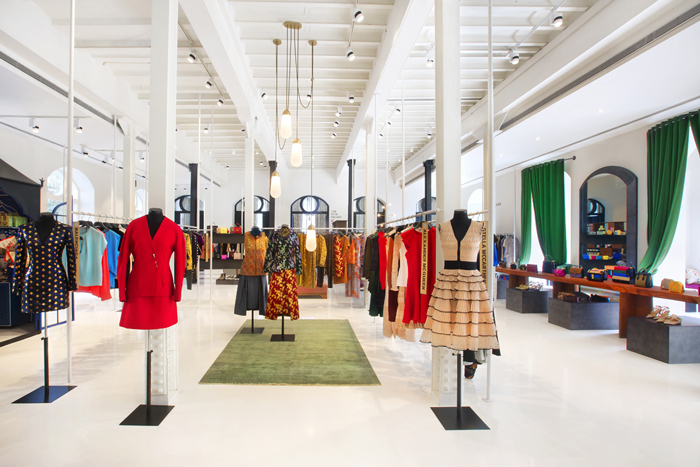
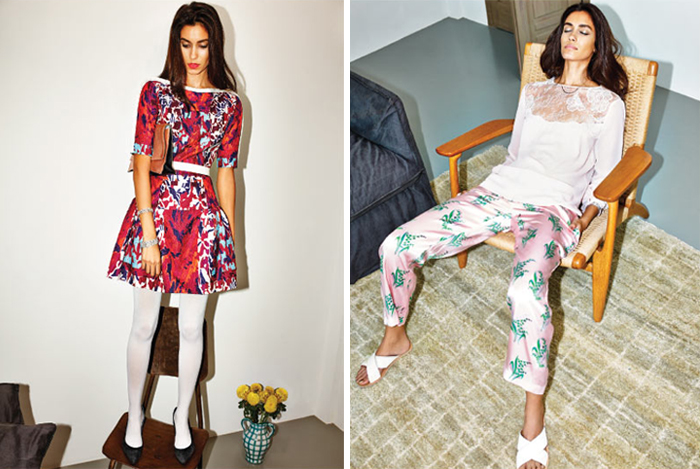
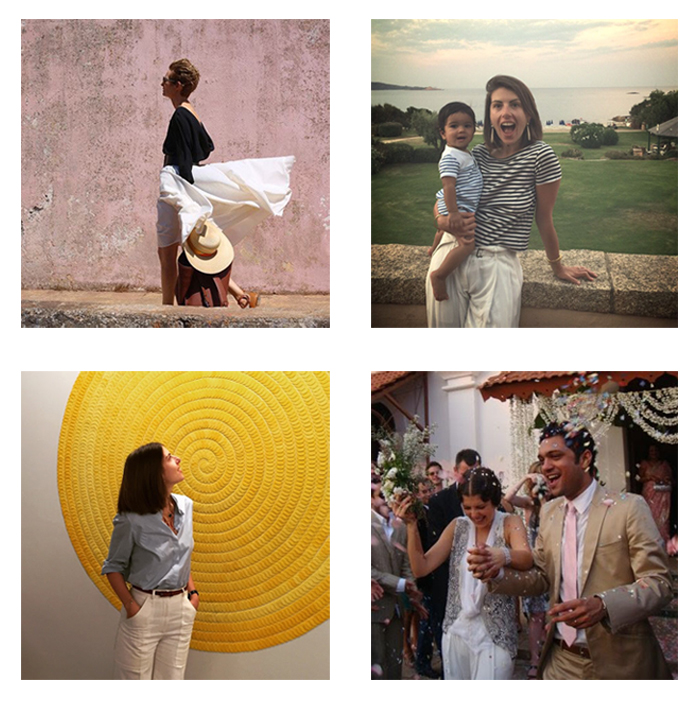
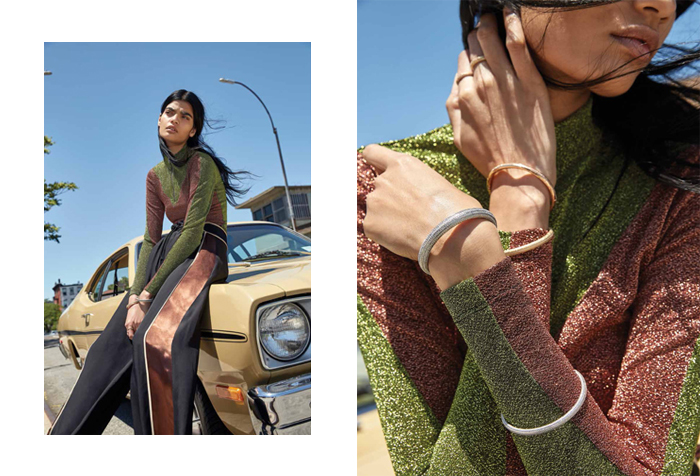
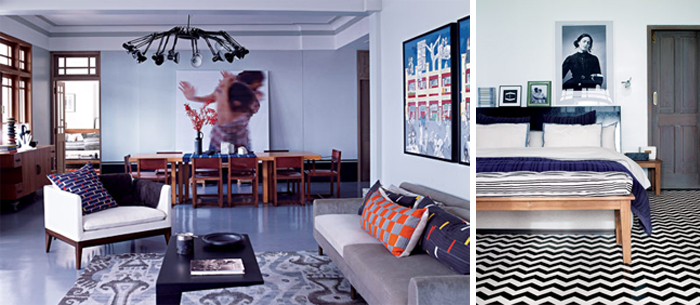
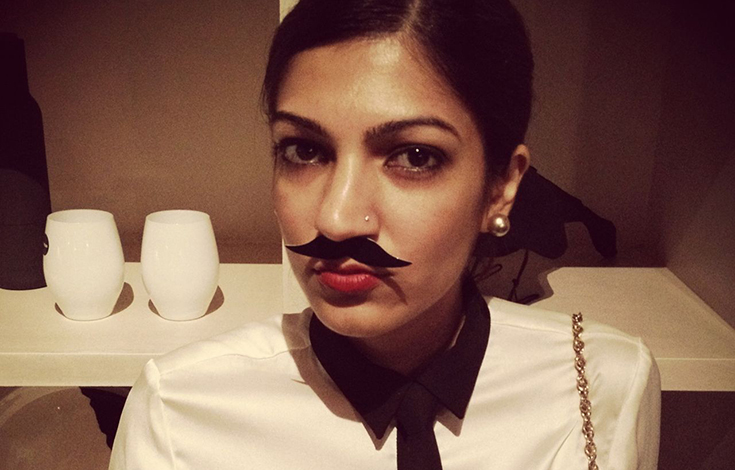
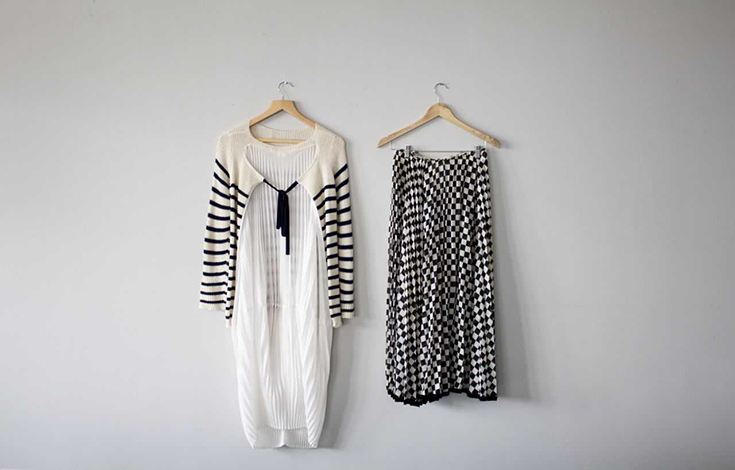
Beautiful and well designed…… a new experience…. very much needed